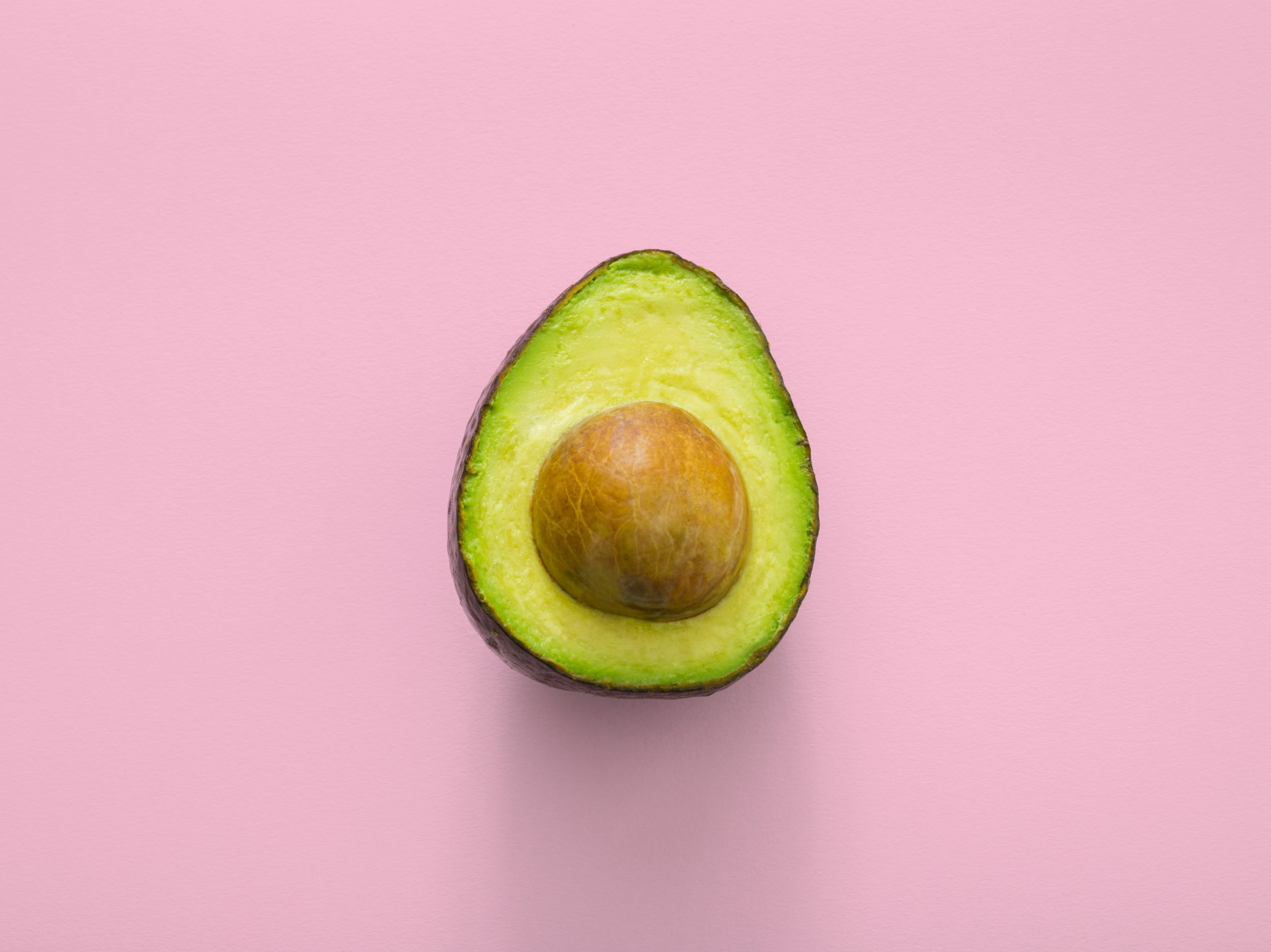Fermentation Techniques: Unlocking Flavors and Nutrition
The art of fermentation has been around for thousands of years, and for good reason. It not only enhances the flavors of our food and beverages, but also unlocks hidden nutritional benefits. From tangy pickles to tart kombucha, fermentation is a process that has been used to preserve and transform food for generations. But what exactly is fermentation and how does it work? In this article, we will explore the various fermentation techniques and how they can unlock new flavors and nutrition in our food.
The Basics of Fermentation
At its core, fermentation is a microbial process that converts sugars into acids, gases, or alcohol. This process is achieved through the action of live microorganisms, such as bacteria, yeast, or fungi, which react with the sugars in the food or beverage. The most commonly used fermentation agents are bacteria and yeast, which produce lactic acid and ethanol respectively. The result is a tangy, acidic flavor and a bubbly texture.
The Different Fermentation Techniques
There are different techniques used in fermentation, each with its own unique set of benefits and results. Let’s take a look at some of the most popular techniques:
1. Lacto-Fermentation
Lacto-fermentation is the most common fermentation technique and is responsible for the tangy flavors found in foods like pickles, sauerkraut, and kimchi. This process uses lactic acid bacteria, which naturally occur on the surface of fruits and vegetables, to break down sugars and produce lactic acid. This not only enhances the flavor of the food, but also creates a more acidic environment, which prevents the growth of harmful bacteria.
2. Yeast Fermentation
Yeast fermentation is used to make alcoholic beverages like wine, beer, and mead. It involves the conversion of sugars into ethanol and carbon dioxide by the action of yeast. The type of yeast used can greatly affect the final flavor and alcohol content of the beverage. For example, Saccharomyces cerevisiae is commonly used in making beer, while Saccharomyces bayanus is preferred for wine-making due to its ability to tolerate high alcohol levels.
3. Acetic Acid Fermentation
Acetic acid fermentation is used to produce tangy, acidic foods like vinegar. This process uses acetic acid bacteria to convert ethanol into acetic acid. This creates the distinct sour taste of vinegar and also has preservation properties, making it a popular choice in pickling and preserving food.
The Benefits of Fermentation
The process of fermentation not only enhances the flavor of food, but also has several health benefits. Here are some of the key ways that fermentation can improve our health:
1. Increased Nutritional Value
Fermentation breaks down complex compounds in food, making it easier for our bodies to digest and absorb essential nutrients. This is especially beneficial for people who have difficulty digesting certain foods, as the fermentation process can make them more tolerable.
2. Improved Gut Health
The live microorganisms in fermented foods are beneficial for our gut health. They help to balance the bacteria in our digestive system, which can improve digestion and boost our immune system. This is why fermented foods are often recommended for people with digestive issues like irritable bowel syndrome or leaky gut syndrome.
3. Preserved Food
Fermentation is a natural way of preserving food without the use of chemicals. The acidic environment created by the fermentation process inhibits the growth of harmful bacteria and prevents food from spoiling. This makes fermented foods a great option for long-term food storage.
Tips for a Successful Fermentation
Now that you understand the basics of fermentation, here are a few tips to help you achieve the best results:
1. Use Fresh Ingredients
For a successful fermentation, it’s important to use fresh, high-quality ingredients. This will ensure that there are enough live microorganisms present to carry out the fermentation process.
2. Keep it Clean
Fermentation is a delicate process that can easily be affected by outside factors. Make sure to use clean equipment and a clean working space to avoid introducing any unwanted bacteria into your fermentation project.
3. Give it Time
Fermentation is not an instant process and requires time and patience. The length of fermentation will vary depending on the technique used and the type of food or beverage being fermented. It’s important to follow the recommended time frames to achieve the best results.
In conclusion, fermentation is a fascinating process that has been used for centuries to transform and preserve food. By understanding the different techniques and their benefits, you can unlock a whole new world of flavors and nutrition in your food. So next time you take a bite of that tangy sauerkraut or sip on a refreshing glass of kombucha, remember the incredible journey that your food has been on through the process of fermentation.








